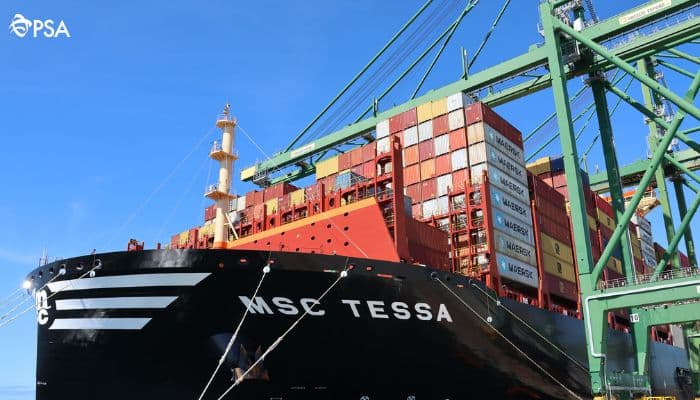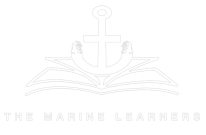

A noon report is a data sheet prepared by the ship’s chief engineer on a daily basis. The report provides the vessel’s position and other relevant standardised data to assess the performance of the ship based on its speed and environmental forces including weather conditions.
Noon report is also used by ship managers to assess the difference in the performance of the vessels or between two similar types of ships (sister ships) to outline solutions for underperformance or possible issues.
The chief engineer is responsible for preparing the noon report and it is sent by the master to the company and shore management at a fixed time on daily basis (normally it is sent during noon, hence it’s called noon report).


Deck officer (normally 2nd officer) assists the chief engineer in providing the required data, which are used to complete the noon report. The master has the overall responsibility to ensure that the noon report is sent to the company on time.
Below is a general overview of the content of a noon report and how they are recorded:
Use of Noon Report:
The noon report is used to analyse the following parameters and performance:
– Consumption of fuel and lube on daily basis
– Total weight of cargo carried
– Distance covered from last port
– Distance to be covered for next port f call
– Time taken to complete the passage
– Time taken for port operation
– To order fuel/ lube oil as required
– To order fresh water as required
– To calculate the Energy Efficiency Operation Indicator
The noon report is one of the important documents on board ships that is recorded ad used for future references.
Do you know more about the noon report which can be added to this article?
Let’s know in the comments below.










We believe that knowledge is power, and we’re committed to empowering our readers with the information and resources they need to succeed in the merchant navy industry.
Whether you’re looking for advice on career planning, news and analysis, or just want to connect with other aspiring merchant navy applicants, The Marine Learners is the place to be.